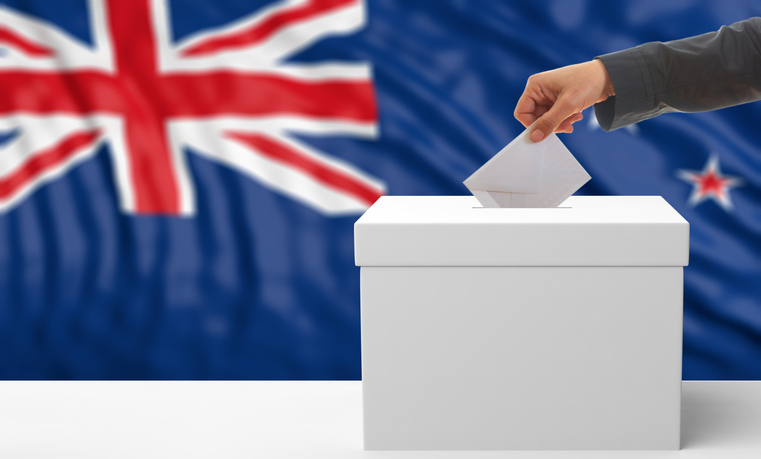Should NZ use an STV voting system?
Single Transferable Voting (STV) is the only practical alternative to MMP and FPP. In New Zealand it is used by a number of local council elections and is the voting method used in the Australian Senate and other Australian elections.
STV requires candidates to be ranked by preference with an elector’s vote being transferred to the candidate that receives the greatest number of preference votes on the basis of each voter’s ranking. So, each voter might not get their primary preferred candidate elected but the successful candidate will be the one most preferred by the majority of voters.
STV has the advantage of encouraging politicians and political parties to pursue policies that are widely supported as the successful candidate needs to attract preferences from a wide range of voters. This is the opposite of the political drivers under MMP where politicians target narrow interest groups with similarly narrow policy positions.
Under STV all politicians will represent an electorate and be selected by a committee of party members within each electorate.
STV is not a novel voting process and is in use in a number of contexts within New Zealand already. Having a common voting model for all elections across the entire country seems like a sound idea.
In New Zealand in 2025 there are 15 local government / authority elections being held using STV. These are: Dunedin City Council, Far North District Council, Gisborne District Council, Greater Wellington Regional Council, Hamilton City Council, Kapiti Coast District Council, Marlborough District Council, Nelson City Council, New Plymouth District Council, Otago Regional Council (1st time, Palmerston North City Council, Porirua City Council, Ruapehu District Council, Wellington City Council, and the Whangarei District Council (1st time.
Christchurch City Council first used STV in 1917. Tauranga City Council used STV in 2024. STV was used for District Health Board elections until these Boards were disestablished.
In the private sector, Fonterra use STV for their Board of Directors and Shareholders’ Council elections. DairyNZ’s Board of Directors and the Victoria University’s Court of Convocation also use STV. Internet NZ uses STV for their elections too. More STV facts and figures over here
Feel free to Vote below and /or go to the next question – Do we need longer parliamentary terms?
Each question is seeking a response on a range through “yes+” “yes-“ “neutral” “no-“ “no+” where the plus indicates strong support minus indicates mild support
2 Comments
Submit a Comment
- Home
- /
- Should NZ use an...

Get Involved
- Vote & / or comment) on key questions.
- Subscribe to the mailing list.
- Read the blog posts & comment
- Improve local body systems
- Sign the petition. We are reviewing the best options to make this online. TBA

I think we should aim to reduce the influence of political parties by supporting MPs by Citizen Advisory Groups (CAGs) who are randomly selected from electorates in the way juries are. Note that CAGs would not be involved in the election of MPs – the CAG’s purpose would be to monitor the performance of their particular MP to ensure the MP is working in the interest of the electorate, not a political party or a wealthy donor. CAGs would be granted the power to fire their MP if 80% or more of CAG members agreed to do so. If MP’s were subject to the oversight of a CAG, electing them by FPP should be OK.
When we voted to get rid of FPP, all but 2 electorates voted for MMP. Wellington Central and Auckland Central voted for STV. These 2 electorates had a markedly higher proportion of university graduates among its voters. Does that suggest that electoral reform is an intellectual exercise and not as important as getting food on the table? The latter is an all consuming issue today.